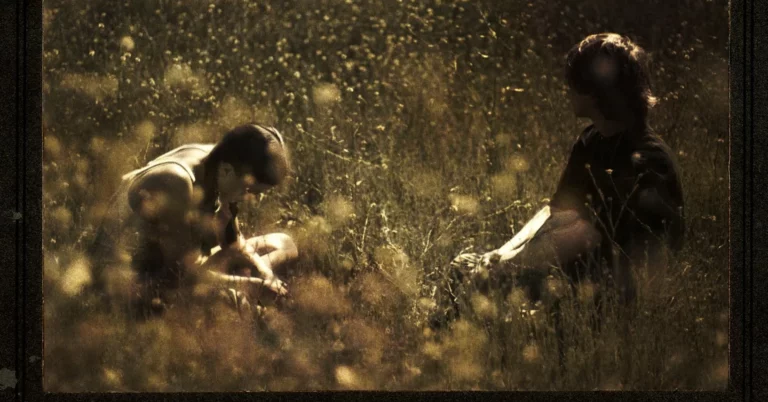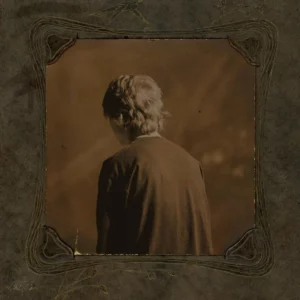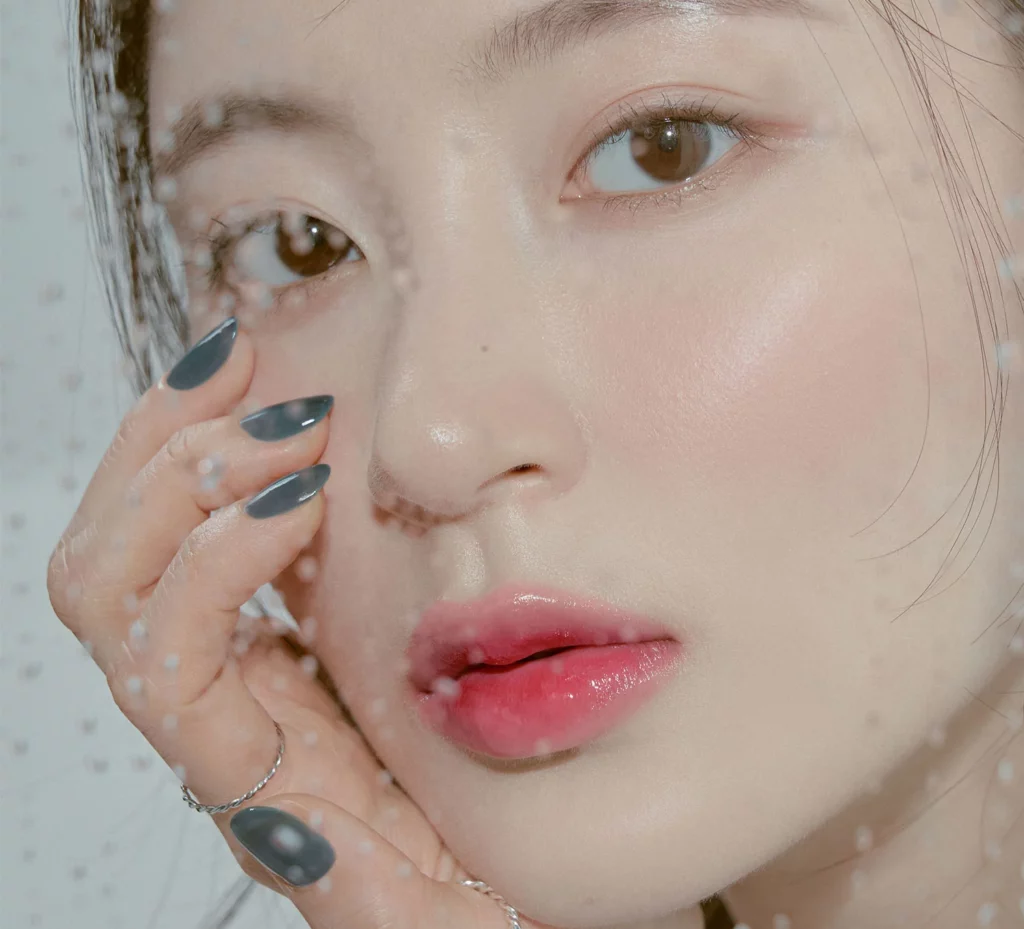Baggage fees can add a significant cost to your travel budget, making your trip more expensive than planned. Many airlines charge high fees for checked bags, especially if you exceed weight limits. However, with smart planning and strategic booking, you can save money on baggage fees. This guide will provide practical tips to minimize or even eliminate baggage fees when booking travel online.
One of the easiest ways to cut baggage costs is to be aware of airline policies before purchasing a ticket. Some airlines have hidden charges that can increase overall expenses, making it essential to review their baggage fees in advance. By taking a proactive approach and using Gother, travelers can avoid surprises at the airport and ensure they are getting the best deal possible.
Choose Airlines with Free Bags
Not all airlines charge for checked baggage. Some, like Southwest Airlines, allow passengers to check one or two bags for free. When booking your flight, compare airline policies to find one that includes baggage in the ticket price. Budget airlines may have lower fares but often charge high baggage fees, making them more expensive in the long run.
Selecting an airline that offers free baggage allowances can significantly reduce overall travel costs. While some major carriers provide free baggage options for international flights, domestic flights may come with hidden charges. Researching airline baggage policies before booking can help you make an informed decision and avoid unnecessary fees.
Use the Right Credit Card
Many travel credit cards offer baggage fee waivers as a perk. Cards associated with specific airlines often allow free checked bags for cardholders and their companions. Even general travel credit cards may reimburse baggage fees as part of travel benefits. Check your credit card benefits before booking and use the one that offers the best baggage fee perks.
Using a travel-friendly credit card can not only save money on baggage fees but also provide additional perks such as priority boarding and lounge access. Some premium credit cards cover baggage fees for multiple travelers on the same itinerary, making them a great choice for frequent flyers and family vacations.
Travel Light with Carry-Ons
If possible, avoid checked baggage altogether by packing only a carry-on. Most airlines allow one carry-on bag and a personal item for free. Packing light not only saves money but also reduces the risk of lost luggage. Choose a compact, lightweight suitcase that meets airline carry-on size restrictions to maximize space.
Learning to travel with just a carry-on can be a game-changer for frequent travelers. By selecting versatile clothing and using space-saving packing techniques, you can fit all your essentials in a single bag. This approach eliminates baggage claim wait times and provides more flexibility during your journey.
Weigh Bags at Home
Airlines have strict weight limits for checked bags, and exceeding them can result in hefty fees. Weigh your luggage at home using a portable scale to ensure it meets the airline’s weight requirements. If your bag is over the limit, redistribute items into your carry-on or wear heavier clothing to balance the weight.
Checking the weight of your luggage before arriving at the airport can prevent last-minute stress and additional charges. Investing in a small luggage scale allows you to weigh bags accurately and make adjustments before check-in. This simple step can save travelers from paying unexpected overweight baggage fees.
Pack Efficiently
Packing efficiently helps maximize your luggage space and minimize the number of bags needed. Use packing cubes to organize your items, roll clothes instead of folding them, and choose multi-purpose clothing. Limiting shoes and bulky items can also help reduce baggage weight and save space.
An organized packing strategy can significantly impact the amount of luggage you need to bring. By carefully selecting items that serve multiple purposes, travelers can cut down on unnecessary baggage. Packing light also makes travel more convenient, allowing for quicker transitions between destinations.
Look for Special Discounts
Some airlines offer discounts on baggage fees for specific groups, such as students, military personnel, or frequent flyers. Check if you qualify for any special programs that provide reduced or waived baggage fees. Signing up for airline newsletters can also alert you to promotions that may help you save.
Many travel rewards programs and airline memberships provide periodic baggage fee discounts. Signing up for these programs can result in significant savings, especially for frequent travelers. Keeping an eye out for seasonal promotions and special deals can help reduce travel expenses.
Book with an Elite Status
Frequent flyers with elite status often receive free checked bags as a loyalty perk. If you travel frequently, consider joining an airline loyalty program to earn elite status. Even mid-tier status in some programs can provide baggage fee waivers, helping you save on multiple trips.
Earning elite status with an airline can unlock various benefits beyond free baggage, such as priority boarding and lounge access. Many airlines also extend these perks to travel companions, making it even more valuable for families or business travelers who frequently book flights together.
Use a Personal Item Smartly
Most airlines allow a personal item, such as a backpack or small bag, in addition to a carry-on. Take advantage of this by choosing a spacious personal item that can hold essentials, electronics, and even an extra outfit. Packing strategically in your personal item can reduce the need for a larger bag.
Maximizing the use of a personal item can help lighten the load in your main luggage. Many travelers underestimate the amount of space available in a well-packed personal item. Using it wisely can prevent the need for additional baggage while keeping important items within easy reach.
Prepay for Baggage Online
Many airlines offer discounts when you pay for checked baggage online rather than at the airport. Prepaying not only saves money but also speeds up the check-in process. When booking your flight, check if the airline provides a lower rate for pre-booked baggage.
Prepaying for baggage is a simple yet effective way to cut costs. Some airlines offer lower rates for baggage fees when paid in advance, allowing travelers to save significantly. Additionally, prepaying ensures a smoother check-in process, reducing delays at the airport.
Consider Shipping Your Bags
For longer trips or heavy luggage, shipping your bags may be cheaper than paying airline baggage fees. Services like FedEx, UPS, and specialized luggage shipping companies can deliver your bags directly to your destination. This option can also reduce airport hassle and eliminate the risk of lost luggage.
Shipping luggage in advance can be a practical solution for travelers carrying bulky or fragile items. It ensures that baggage arrives safely without the stress of handling it at the airport. Comparing shipping costs with airline fees can help determine the best option for your trip.
Avoid Last-Minute Changes
Changing your flight or adding baggage at the last minute can result in extra fees. Plan your baggage needs in advance and make sure to include any necessary luggage during the initial booking process. Checking baggage policies before finalizing your booking can prevent unexpected charges.
Being mindful of last-minute changes can help prevent unnecessary expenses. Booking luggage early and sticking to a pre-planned itinerary avoids additional charges associated with modifications. Planning ahead is a key to keeping travel costs low and avoiding surprises at the airport.
Book with Gother!
Gother is a leading online travel booking platform that offers exclusive baggage discounts and perks to make your journey more affordable. By booking through this platform, travelers can access special deals that help reduce baggage fees and overall travel costs. Our platform is designed to simplify the booking process while providing valuable savings on flights, hotels, and baggage allowances.
When you book with Gother, you gain access to baggage incentives that can lead to unexpected savings. We partner with top airlines and travel service providers to ensure our customers receive the best deals available. One-way and round-trip flights on Gother make it easy to find flexible travel options while enjoying great savings. With Gother, comparing different travel options is easy, helping you find the most cost-effective and convenient travel solutions.
For more information, feel free to reach out:
Phone: +66 (02) 001-5855
Email: cs@gother.com
Website: https://www.gother.com/
Closing Analysis
Baggage fees can be an unnecessary expense if you don’t plan ahead, often adding unexpected costs to your trip. Choosing an airline with free baggage allowances or using a travel credit card with luggage perks can help you save money. Packing efficiently by using space-saving techniques and minimizing unnecessary items can also reduce the number of bags you need. Additionally, exploring alternatives like shipping your luggage in advance or wearing bulkier clothing during travel can further cut costs.
By planning ahead and researching baggage policies, you can keep your travel budget in check while enjoying a smooth and stress-free journey.

















